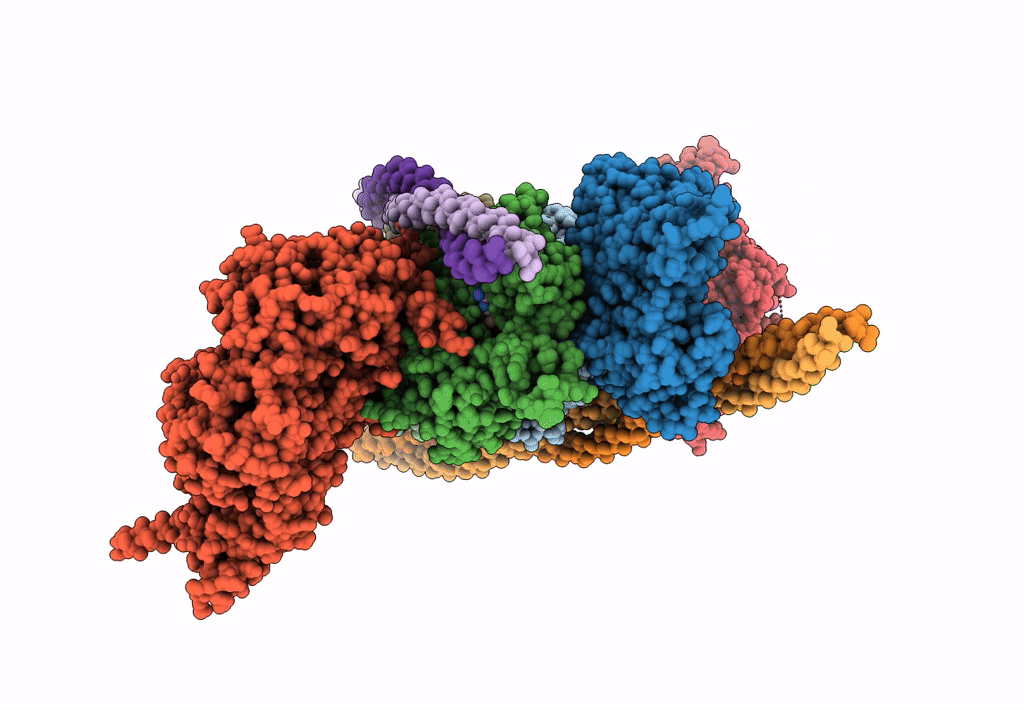
Deposition Date
2016-04-27
Release Date
2016-06-15
Last Version Date
2024-07-10
Entry Detail
PDB ID:
5JLH
Keywords:
Title:
Cryo-EM structure of a human cytoplasmic actomyosin complex at near-atomic resolution
Biological Source:
Source Organism:
Homo sapiens (Taxon ID: 9606)
Dictyostelium discoideum (Taxon ID: 44689)
Dictyostelium discoideum (Taxon ID: 44689)
Host Organism:
Method Details:
Experimental Method:
Resolution:
3.90 Å
Aggregation State:
FILAMENT
Reconstruction Method:
SINGLE PARTICLE


